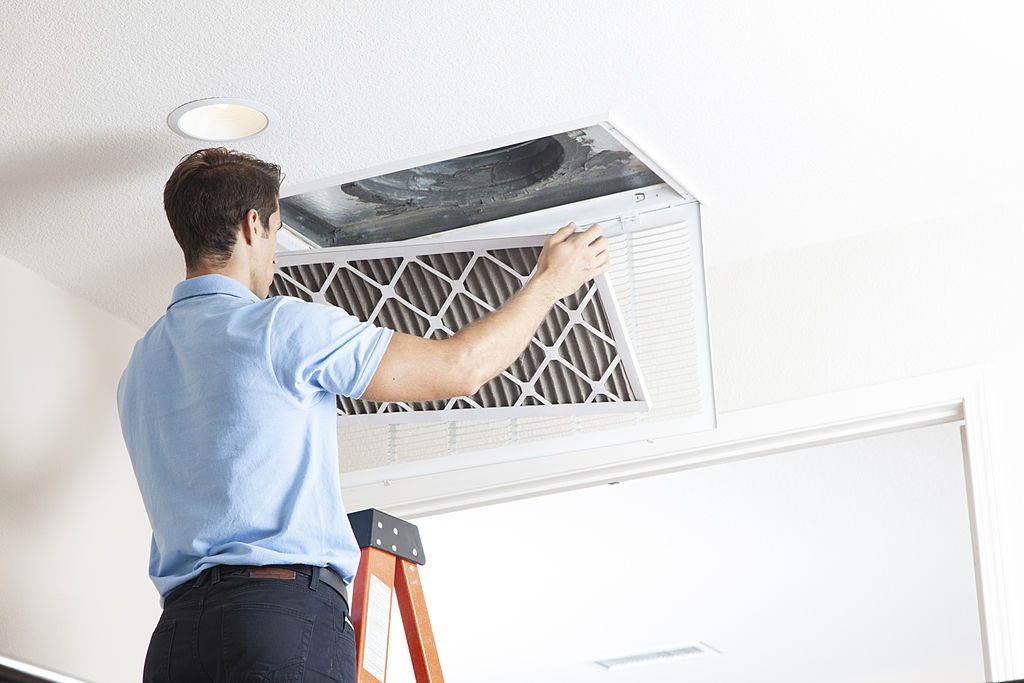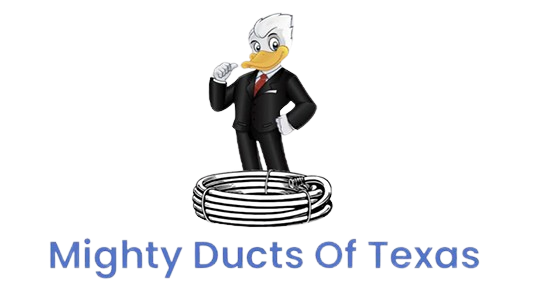What Are the Different Methods of Air Duct Cleaning?
If you have ever sat at your kitchen table with three quotes in front of you and three totally different “systems,” you are not alone. One company talks about a giant vacuum truck. Another shows you a little portable machine. A third throws in “sanitizer” and “fogging,” and it all starts to sound like marketing more than facts.
We have spent years crawling around attics and mechanical rooms, so we see the reality up close. There are only a handful of real air duct cleaning methods. Good companies smartly mix them. Cheap companies cut pieces out and hope you do not notice.
Let us break it all down so you can look at any quote and instantly understand how are air ducts are cleaned, what is worth paying for, and what you can skip.
Why the Method You Choose Really Matters
Every home is different. A straight metal air duct run in a one-story house is not the same as a tangle of flex in a hot attic. This is why “what type of air duct cleaning is best ” is never just one answer.
The method affects:
- How much dust and debris can we actually remove
- How much ends up floating around your home during the job
- Whether fragile parts of the air duct system are protected or damaged
From our side, we judge success very simply. When the blower comes on after a proper air duct cleaning process, the air should feel cleaner, the noise should be lower, and the system should not be working as hard. If the method cannot deliver that, it is not the right one.
Method 1: Source Removal With Negative Pressure
This is the core method most of us in the trade rely on. If you asked us to explain how to do air duct cleaning in one sentence, we would say:
“Put the system under strong suction, then scrub everything loose while the vacuum is running.”
In practice, a source removal job looks like this:
- We hook a large vacuum to the main supply or return air duct and seal it.
- The system is now under negative pressure, pulling air toward that point.
- We work through the registers and access ports with brushes or air tools to knock debris off the inside walls.
- The vacuum pulls dust, pet hair, and construction debris into a collector instead of letting it blow into your rooms.
Done correctly, this method reaches trunks, branches, and returns, not just the pretty vent covers. It is the base for almost every “best air duct cleaning” result you see in before-and-after photos.
Method 2: Truck-Mounted Power Vacuum Systems
When people picture “big” cleaning, they often imagine the truck outside with a huge hose running into the house. That truck is just one way to power the negative pressure part of the job, and it is often counted as one of the main types of air duct cleaning.
Here is how it typically works:
- A high-powered vacuum lives in the truck.
- A large hose runs from the car to your main air duct trunk.
- While that vacuum runs, techs agitate dust at registers and access openings.
We like truck systems on larger homes, longer trunk lines, and light commercial jobs. They can move a lot of air and debris in a short time. The catch is simple. If the crew does not seal openings well or does not open enough access points, even the best air duct cleaning equipment is just noisy metal.
So when an air duct cleaning company leans hard on the truck in their sales pitch, ask them to walk you through the actual steps, not just the horsepower.
Method 3: Portable HEPA Point of Contact Cleaning

Not every home is friendly to a truck hose. Think condos, tight townhomes, upper floors, or buildings with no easy parking. That is where portable HEPA vacuums shine and still deliver very high-quality air duct cleaning.
On these jobs, we usually:
- Bring a HEPA-filtered vacuum into the home.
- Connect near the air duct or register we are working on.
- Feed a rotating brush or air whip down the line while the vacuum pulls at that point.
This is often called “point of contact” cleaning. It can be just as effective as a truck when:
- The system is not huge
- The trunks are reasonably close to the registers
- The vacuum has genuine HEPA filtration and enough airflow
For a lot of smaller homes and condos, this is the most practical air duct cleaning method combo, as long as the techs know how to reach the trunks and not just the first few feet.
Method 4: Brushes, Air Whips, and Compressed Air Tools
People obsess about the vacuum, but the tools inside the air duct are just as important. These are the “hands” that do the scrubbing, and they are a big part of good air duct cleaning techniques.
In our truck, you will usually find:
- Rotating brushes in different sizes for metal air duct sections
- Soft, flexible brushes sized for flex air duct, so it does not tear
- Air whips and skipper balls that rattle and sweep dust toward the vacuum
- Compressed air nozzles for tight spots and small branch lines
Choosing the wrong tool is one of the fastest ways to damage an air duct. For example, a stiff metal brush in an old, thin flex run is asking for trouble. That is why a big part of accurate air duct cleaning is not just “do we have tools,” but “do we use the right tools in the right places?”
Method 5: Sanitizers, Deodorizers, and When They Are Useful
Once the physical debris is gone, some homes still have issues like musty odor, old smoke smell, or that “we had pets here for years” feeling. At that point, some companies offer light chemical help as part of safe air duct care.
Our own approach is pretty conservative:
- We never use products as a substitute for proper mechanical cleaning.
- We only use products designed for HVAC use, and we follow labels closely.
- We focus first on fixing moisture problems and source issues like leaks or contamination.
In other words, sanitizers and deodorizers are a second step for special cases, not a trick to upgrade a weak air duct cleaning process. If someone wants to sell you chemicals without talking about how they will actually remove dust and debris, that is a red flag.
The Way We Like to Clean a Home’s Air Ducts
To give you a concrete picture, here is how we usually combine air duct cleaning methods on a typical home visit.
Most jobs will include:
- Inspecting the layout so we know which air duct cleaning methods make sense
- Hooking up a strong vacuum for negative pressure
- Using brushes and air whips chosen for your specific air duct materials
- Cleaning supply and return trunks, branches, and vent covers
- Wiping down accessible blower and coil areas where dust collects
- Showing you photos and talking through what we found and fixed
Our goal is simple. Give you the best way to clean air ducts for your specific home, and leave you feeling like you know exactly what you paid for.
Get Expert Air Duct Cleaning Service With Mighty Ducts of Texas

If you are still unsure which method is right for your home, that is exactly where we can help. We look at your air duct layout, listen to your concerns, and then recommend a clear, step-by-step plan instead of a one-size-fits-all package.
When you are ready for honest advice and careful work, visit Mighty Ducts of Texas to schedule the best air duct cleaning services with a team that treats your home like its own and stands behind every job.

